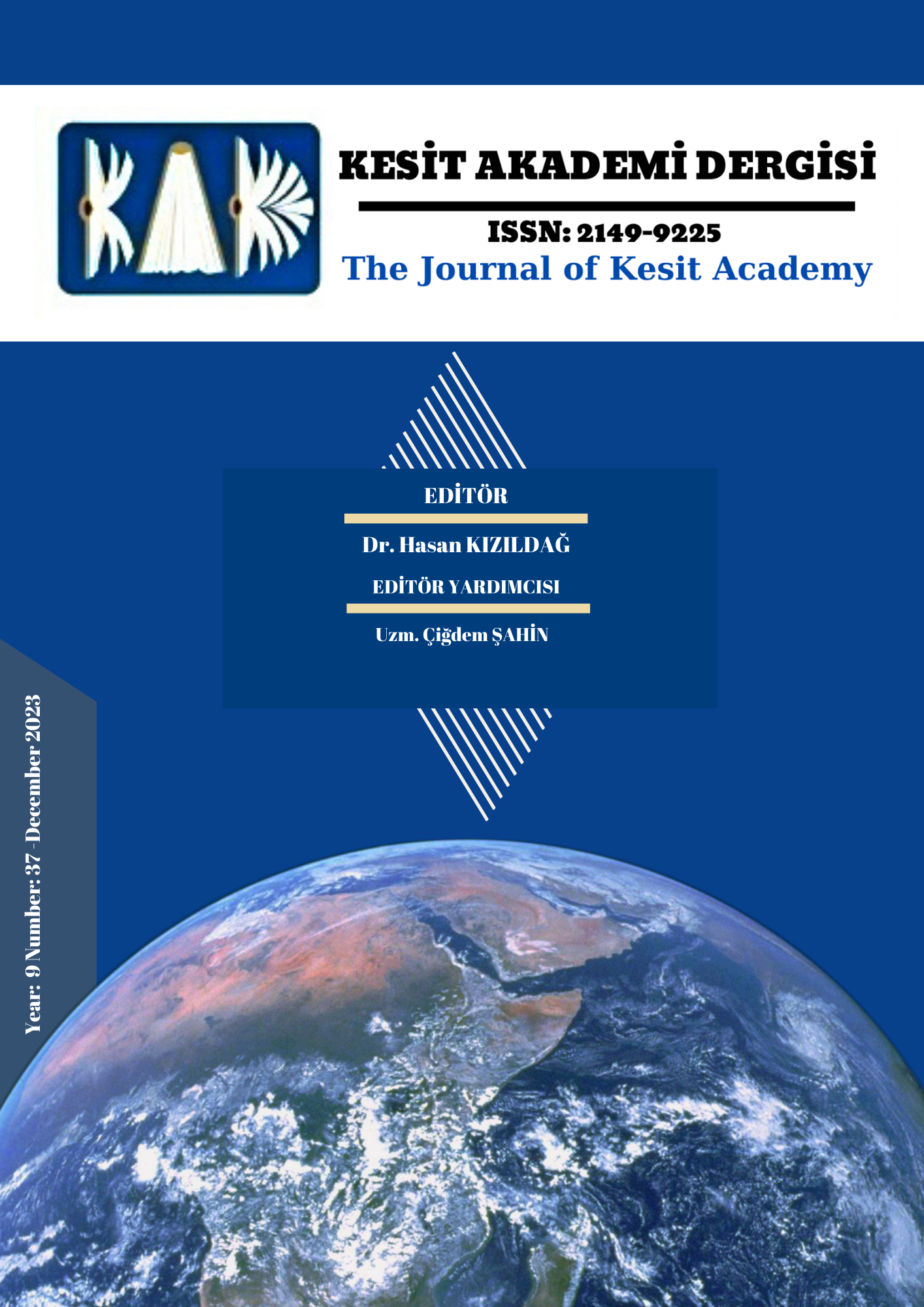Author :
Abstract
Bu makalenin amacı 20. yüzyılın önemli besteci ve piyanistlerinden Maurice Ravel’in üç bölümden oluşan gerek armonik yapısı açısından gerek yorumculuk ve piyanistik açıdan oldukça zor, sağlam bir armoni bilgisi ve çalış tekniği gerektiren Sonatine adlı eserini tanıtmaktır. Ravel eserini “Sonat” yerine “Sonatine” olarak adlandırılmış ise de aslında piyanistik açıdan bu başlık eserin zorluk derecesi düşünüldüğünde yanıltıcı olacaktır. Sadece bölümlerin, klasik sonat yapısı bölümlerinden daha kısa olması sebebi ile eserin yapısına uygun bu başlık Ravel tarafından özenle seçilmiştir. Yumuşak lirik yapısı, empresyonist armonik yapısı, düzensiz ve beklenmedik aralıklar, hızlı değişim gösteren cümle geçişleri, sık kullanılan tempo değişiklikleri, armonik değişim ile ritim değişikliğinin uyumlu olarak bir arada kullanılması eserin önemli özelliklerindendir. Piyano izlenimci bestecilerin çok sıklıkla kullandığı bir enstrüman olmakla beraber renk tınısı ve ses genişliği olarak yeni arayışlara da zemin hazırlar. Pedal kullanımı ve çeşitliliği bu dönemde daha çok önem kazanmaktadır. Nüans ve sık tempo değişiklikleri ile pedal tekniği izlenimci dönemin özelliği olan buğulu ses rengini ön plana çıkaran temel unsurlardan sayılabilir. Ravel izlenimci müziğin en büyük ustalarındandır. Eserlerinin melodik, armonik ve ritmik zenginliği dikkat çekicidir. Bu çalışmada eserin bazı bölümlerinden pasajlar seçilerek eserin genel yapısı tanıtılmaya çalışılmış ve yorum açısından seslendirmek isteyen piyanistlere yol göstermesi amacı ile yorum önerileri sunulmuştur. Sonuç olarak yoruma ışık tutacak ve netlik kazandıracak öneriler verilmiştir.
Keywords
Abstract
The purpose of this article is to introduce Sonatine, a three part work by Maurice Ravel, an important composer and pianist of 20th century. Sonatine is a difficult piece in regard of both performance and piano playing skill, requiring a strong knowledge of harmony and piano technique. While Ravel has named his work "Sonatine" rather than "Sonata", this proves misleading, considering the degree of difficulty of this piece in regard of piano skill. Ravel has purposefully selected this title, deeming it fit for the structure of the work which is comprised of parts shorter than chapters in classical sonata structure. Important characteristics of this work include its soft lyrical construction, its impressionist harmonic structure, irregular and unexpected pauses, rapidly changing phrase shifts, frequently used tempo changes, and symphonic use of harmonic changes and rhythm changes. While piano is a frequently preferred instrument for impressionist composers, it also prepares the ground for new pursuits in colour timbre and breadth of sound. Use and diversity of pedals gains importance in this period of time. Pedal technique with nuance and frequent tempo changes can be counted among basic aspects emphasising a misty colour of sound, which is a characteristic of impressionist period. Ravel is one of the greatest masters of impressionist music. The melodic, harmonic and rhythmic richness of his works is striking. This article selects some passages from some of his works in an effort to introduce the general structure of his works, and presents recommendations on performance to provide guidance for pianists who wishes to perform his works. In conclusion, recommendations are provided to shed light on and clarify particulars of performance.
